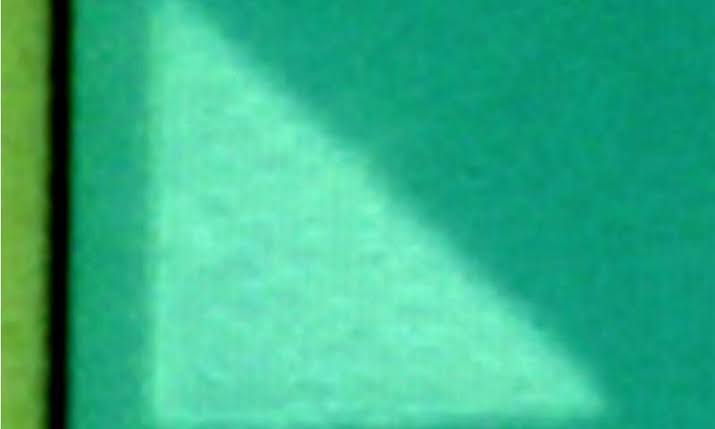In 1884, a schoolmaster and scholar named Edwin Abbott wrote a novella called Flatland, which recounts to the tale of a world populated by aware two-dimensional shapes. While proposed as a satire of rigid Victorian social standards, Flatland has since a long time ago intrigued mathematicians and physicists and filled in as the setting for many a thought experiment.
One such thought experiment: How can light be controlled in two dimensions?
At the point when a wave of light is limited on a two-dimensional plane by specific materials, it becomes something known as a polariton—a particle that blurs the distinction between light and matter. Polaritons have exciting ramifications for the eventual fate of optical circuits on the grounds that, not at all like electronic integrated circuits, integrated optics is hard to scale down with regularly utilized materials. Polaritons enable light to be firmly confined to the nanoscale, even possibly to the thickness of a few atoms.
The challenge is, the entirety of the manners in which everyone right now needs to control light—lenses, waveguides, prisms—are three dimensional.
“The ability to control and confine light with fully reprogrammable optical circuits is vital for future highly-integrated nanophotonic devices,” said Michele Tamagnone, a postdoctoral fellow in Applied Physics at the Harvard John A. Paulson School of Engineering and Applied Sciences (SEAS).
Presently, Tamagnone and a group of analysts at SEAS have created rewritable optical components for surface light waves. The examination was published in Nature Communications.
In past research, the group, led by Federico Capasso, the Robert L. Wallace Professor of Applied Physics and Vinton Hayes Senior Research Fellow in Electrical Engineering, showed a method to make and control polaritons by catching light in a flake of hexagonal boron nitride. In this investigation, the specialists put those flakes on the surface of a material known as GeSbTe (GST)— similar materials utilized on the surface of rewritable CDs and Blu-ray discs.
“The rewritable property of GST using simple laser pulses allows for the recording, erasing and rewriting of information bits. Using that principle, we created lenses, prisms, and waveguides by directly writing them into the material layer,” said Xinghui Yin, a postdoctoral fellow at SEAS and co-first author of the study.
The lenses and prisms on this material are not three-dimensional objects as in the world, yet rather two-dimensional shapes, as they would be in Flatland. Rather than having a semispherical lens, the polaritons on the Flatland-ESC material go through a flat semicircle of refracting material that acts as a lens. Rather than going through a prism, they travel through a triangle and rather than optical fibers, the polaritons travel through a simple line, which manages the waves along a predefined way.
Utilizing a technique known as close field microscopy, which permits the imaging of highlights a lot smaller than the wavelength of light, the specialists had the option to see these components at work. They likewise showed for the first time that it is conceivable to delete and rewrite the optical components that they made.
“This research could lead to new chips for applications such as single-molecule chemical sensing since the polaritons in our rewritable devices correspond to frequencies in the region of the spectrum where molecules have their telltale absorption fingerprints,” said Capasso.
Disclaimer: The views, suggestions, and opinions expressed here are the sole responsibility of the experts. No News Feed Central journalist was involved in the writing and production of this article.



